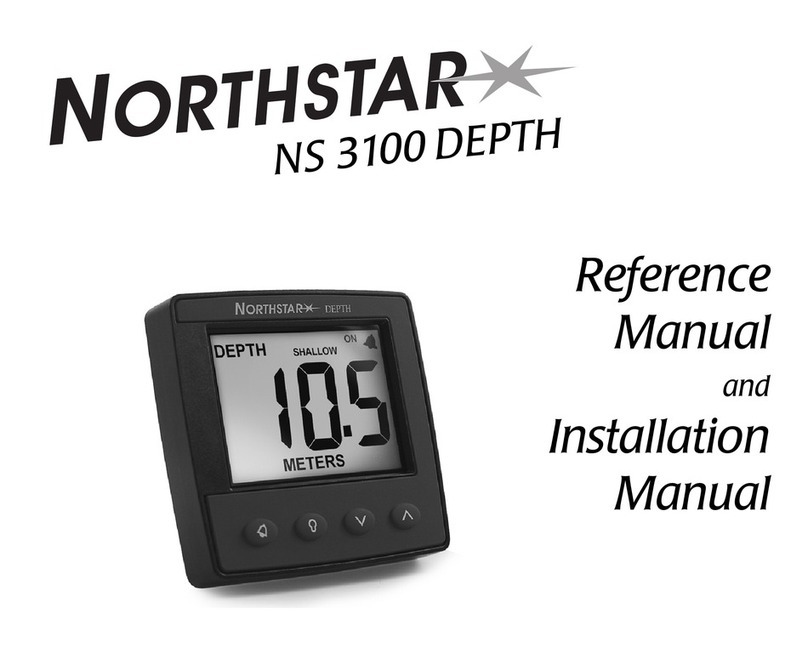7-1 Start countdown timer..............................................................15
7-2 Stop and reset countdown timer...........................................15
7-3 Adjust start time..........................................................................15
8 Systems of several instruments......................................................16
8-1 NMEA..............................................................................................16
8-2 NavBus ........................................................................................... 16
9 NS3100 Multi hardware .......................................................................17
9-1 What comes with your NS3100 Multi ................................. 17
9-2 Other parts required.................................................................. 17
9-3 Transducers...................................................................................18
9-4 Accessories....................................................................................18
10 Installation and setup.........................................................................19
10-1 Installation ..................................................................................19
10-2 Setup.............................................................................................21
10-3 Resetting to factory defaults ................................................21
Appendix A - Specifications...................................................................22
Appendix B - Troubleshooting.............................................................23
1 Introduction.................................................................................................... 4
2 Operation.......................................................................................................... 5
2-1 Turn on and off ............................................................................. 5
2-2 Basic operation..............................................................................5
2-3 Change units ..................................................................................6
2-4 Alarms ..............................................................................................6
2-5 Simulate mode .............................................................................. 6
2-6 Key reference.................................................................................7
3 Speed, average speed, maximum speed, trim speed........... 8
3-1 Set speed and log units.............................................................. 8
3-2 Reset average speed ................................................................... 8
3-3 Reset maximum speed...............................................................8
3-4 Reset trim speed ...........................................................................9
3-5 Set speed damping ......................................................................9
3-6 Set speed resolution .................................................................... 9
3-7 Calibrate speed............................................................................10
4 Log and total log.........................................................................................11
4-1 Reset log........................................................................................11
4-2 Reset total log..............................................................................11
5 Depth, keel offset, too deep alarm, too shallow alarm ....12
5-1 Set depth units.............................................................................12
5-2 Set too deep alarm ....................................................................12
5-3 Set too shallow alarm...............................................................13
5-4 Anchor watch...............................................................................13
5-5 Set keel offset ..............................................................................13
6 Temperature ................................................................................................14
6-1 Set temperature units................................................................14
6-2 Calibrate temperature...............................................................14
7 Countdown timer......................................................................................15
Contents
































